 Our bodies are not simple scales balancing calories in and calories out. It has many complex chemical systems that process each ingredient in different ways. Because of this, eating a low-calorie diet is not the best approach to losing weight.
Our bodies are not simple scales balancing calories in and calories out. It has many complex chemical systems that process each ingredient in different ways. Because of this, eating a low-calorie diet is not the best approach to losing weight.
Buzzwords like low-fat, heart-healthy, all-natural, vegan, and gluten-free make us believe that foods are good for us. However, Starbursts are low in fat; Oreos are vegan; and Reese's peanut butter cups are gluten-free. We can't trust claims on labels.
We must look directly at the ingredients. Typically, a shorter ingredient list with words you understand is best. My rule is: "If I wouldn’t want to eat the ingredients plain, then I don't want to eat them all combined in a food-like product." My main concern is my health.
Let's explore ten foods that food manufacturers tricked me into thinking were healthy and how eating real food is more important than counting calories. (Note: I am not picking on the brands below. It's the type of products that concern me.)
Foods I Thought Were Healthy
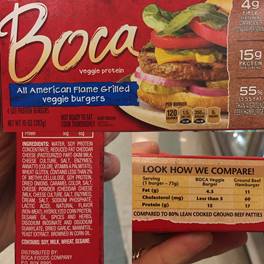 1. Boca Burgers and Veggie Burgers
1. Boca Burgers and Veggie Burgers
Soy patties have less fat and cholesterol than a beef burger, so I thought they were healthier. Now, I am confident that grass-fed burgers are a much better choice.
We need healthy fats and protein. Since the cholesterol in food does not play a substantial role in determining the body’s cholesterol levels, we don't need to be afraid of red meat.
Soy patties also have a long ingredient list with fillers. Grass-fed burgers from a healthy cow that walked around and ate its natural diet while alive are made from only one ingredient: beef. It is nutrient-dense and makes an excellent choice.

2. Fruit-flavored yogurt
This was my breakfast every morning. I thought it must be healthy since it was only 80 calories. Now, I avoid “naturally and artificially flavored” whenever possible. I get plain yogurt and add berries.
I also prefer to get full-fat yogurt. Milk naturally contains fat, so I want to keep it that way. We need to eat healthy fats to produce hormones. It also helps us feel full, maintain energy, stabilize blood sugar, and help with insulin resistance.
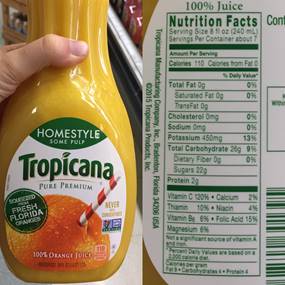 3. Orange Juice
3. Orange Juice
Orange juice was my favorite beverage growing up. Who doesn’t love 26 grams of carbohydrates to start their day?
Unless you are SUPER active, most people will gain weight and struggle with blood sugar control if they have over 150 grams of carbs. With a glass of OJ, you are already 17% there (not including the 30+ grams you might eat in the cereal, bagel, or toast alongside the orange juice).
A typical orange has 11 grams of carbohydrates. The membranes between the segments contain fiber, which fills you up and keeps you more satisfied. This principle is true for all juices, so consider it when you want apple, cranberry, or any other juice.
Read more ...
 People-pleasing can take many forms, but key elements are putting other people’s needs, desires, and opinions above our own. You may feel like you have to agree with others, habitually volunteer, excessively apologize, or never ask for help.
People-pleasing can take many forms, but key elements are putting other people’s needs, desires, and opinions above our own. You may feel like you have to agree with others, habitually volunteer, excessively apologize, or never ask for help.
According to therapist Erika Myers, when kindness to others involves “editing or altering words and behaviors for the sake of another person’s feelings or reactions,” it has crossed over into people-pleasing behavior.
It may seem benign, but this can be quite destructive. People-pleasing can make us live less authentically and fill our lives with other people's priorities. This is not good for us or our relationships with others.
Let’s evaluate the pitfalls of this practice so we can live our most authentic life.
Behind the Compulsion
It may be okay to put their people's needs before ours at times, but it is important to recognize why we are doing it. Fulfilling a request may feel like a compulsion for people-pleasers as if they have no choice. This might be rooted in a desire for love and acceptance. Other people want to avoid conflict at all costs. Some have just never learned to value and take care of themselves.
While pleasing others may seem easier, according to Myers, “the urge to please others can be damaging to ourselves and, potentially, to our relationships when we allow other people’s wants to have more importance than our own needs.” People-pleasing keeps the focus on what is important to others, causing us to lose sight of what is important to us. Even when we think about our priorities, our schedule may be too full to include them. Our resources are limited (time, energy, money, etc.). Saying "yes" to something means saying "no" to something else.
I realize there are seasons when this will be more possible than other times. If my baby is hungry, I can not ignore her to watch a show. However, I can recognize what I want and plan to do something for myself later.
How to Break Out of the People-Pleasing Cycle
Here are some things to help people-pleasers realign their lives to reflect their values and priorities.
- Know Thyself - Listen to your preferences and desires. It can be as small as thinking about what show you want to watch rather than just going with the flow. As you develop the habit of checking in with yourself, lean into what your gut is saying. At first, you don’t have to act on it, but over time, you will learn to trust that your desires matter.
- Communicate - When you recognize what you want in a situation, communicate it in a kind and clear manner. Ask for what you need, express your preferences, say “no”, or put a boundary in place. Done respectfully, these things allow the relationship to grow and you to show up more authentically.
- Give Yourself Time - When changing people-pleasing tendencies, you may need time to figure out how to respond. It is okay to say, “I’ll need to think about that” or “I’ll have to check my calendar.” Then, take some time to check in with yourself before replying.
- Don’t Explain Yourself Too Much - It is okay to say “no” to a request without giving a reason. You don’t need to justify your decision to others. A simple “Thanks for thinking of me, but I won’t be available this time” is all you need.
- Don’t Apologize - Reserve your apologies for when you are in the wrong. You don’t need to apologize for disappointing others with your boundaries, preferences, or opinions.
- Be Ready for Some Slack - Some people will respect you for this change, while others may push back. Notice the response and see what it tells you about the other person and your relationship.
Read more ...
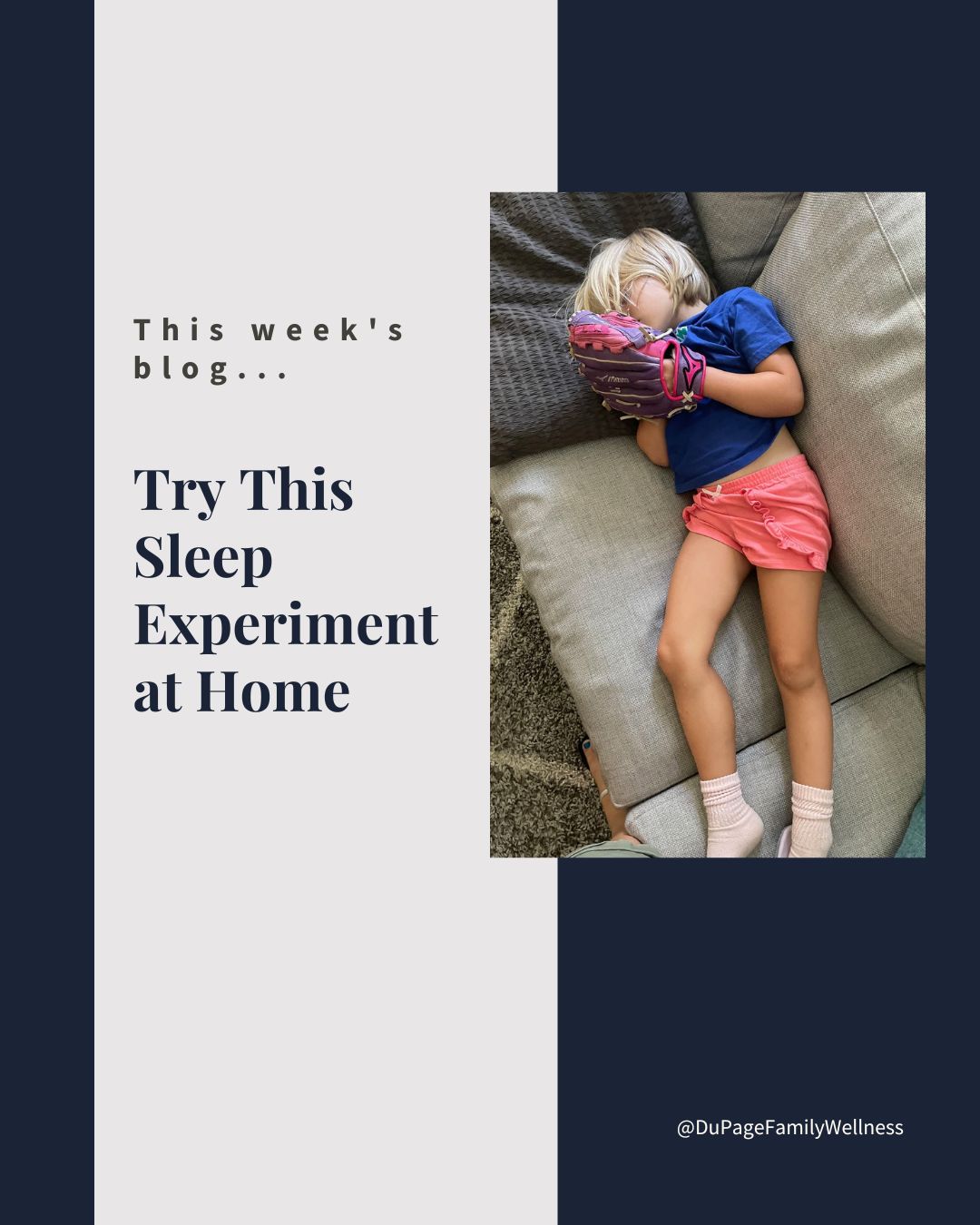 Life can feel pretty overwhelming. Even good things like hobbies, friends, and family take time. You may feel like there aren’t enough hours in the day, so there isn’t enough time to get a good night’s sleep.
Life can feel pretty overwhelming. Even good things like hobbies, friends, and family take time. You may feel like there aren’t enough hours in the day, so there isn’t enough time to get a good night’s sleep.
Sleep is one of the most fundamental functions we do each day though. Without good sleep, you will not only feel terrible, but you will begin to damage your body.
Everyone thrives on a different amount of sleep, so how can you tell if you are getting enough? What are your body's unique sleep needs?
Let’s dive into that question and figure out what your body needs to function at its best.
Sleep Research
Researchers took a group of people, put them in a stimulus-free room for 14-24 hours daily, and monitored their sleep. There were no clocks, so the subjects didn’t know when they went to bed or when they woke up.
The first couple of days, sleep times averaged 12-20 hours per night. This seems to indicate that many subjects were in a “sleep deficit” going into the study, meaning their bodies were trying to catch up from chronic undersleeping.
Over a few days, the participants' sleep began to average approximately 8 hours a night (with some sleeping more and some sleeping less).
How many hours would you sleep in a study like that? Do you think you are running on a sleep deficit? Is your body "charging you interest" on the sleep you are missing?
How Much Sleep is Enough?
Sleep researchers have noted that decreasing sleep time strongly impacts reaction time and other mental functions. You can use “reaction time” to determine if the number of hours you sleep is ideal for your body.
Here’s how...
- Write down when you typically go to sleep and wake up.
- Do a little experiment for 3 days. Each morning at the same time after waking up, take the reaction time test from the following website https://www.humanbenchmark.com/tests/reactiontime
- Make a note of your score each day.
- On day 4, try moving your bedtime up by 30 minutes. Continue with that amount of sleep for 3 days, checking your reaction time each morning.
- Notice if your score is significantly different with more sleep. Pay attention to how you feel throughout the day. How is your energy level? Is your mental functioning better?
- After a few days, try moving your bedtime up another 30 minutes. Pay attention to your reaction times and how you feel.
- Repeat the steps in this experiment again until you find a bedtime that seems ideal for you based on your reaction times and how you feel.
- Ideally, you will wake up ready for the day without an alarm clock.
Ditch the Alarm Clock
We want our bodies to wake up naturally when we are well-rested. You can use your alarm clock to ensure you are up on time, but the goal is to wake up before it goes off. If you are chronically fatigued when your alarm goes off, it is a sign that your body needs more sleep!
It is also important to mention that many factors impact how much sleep we need. Extreme physical activity, fighting an illness, or times of extreme stress can temporarily make your body need more sleep. If we honor our bodies' needs for sleep, we can feel and function at our best.
Let me know if you have specific questions about sleep. If you try this experiment, I’d love to hear how it goes!
Dr. Jamie
P.S. For more information about sleep research and this experiment, check out this article by Dan Pardi.
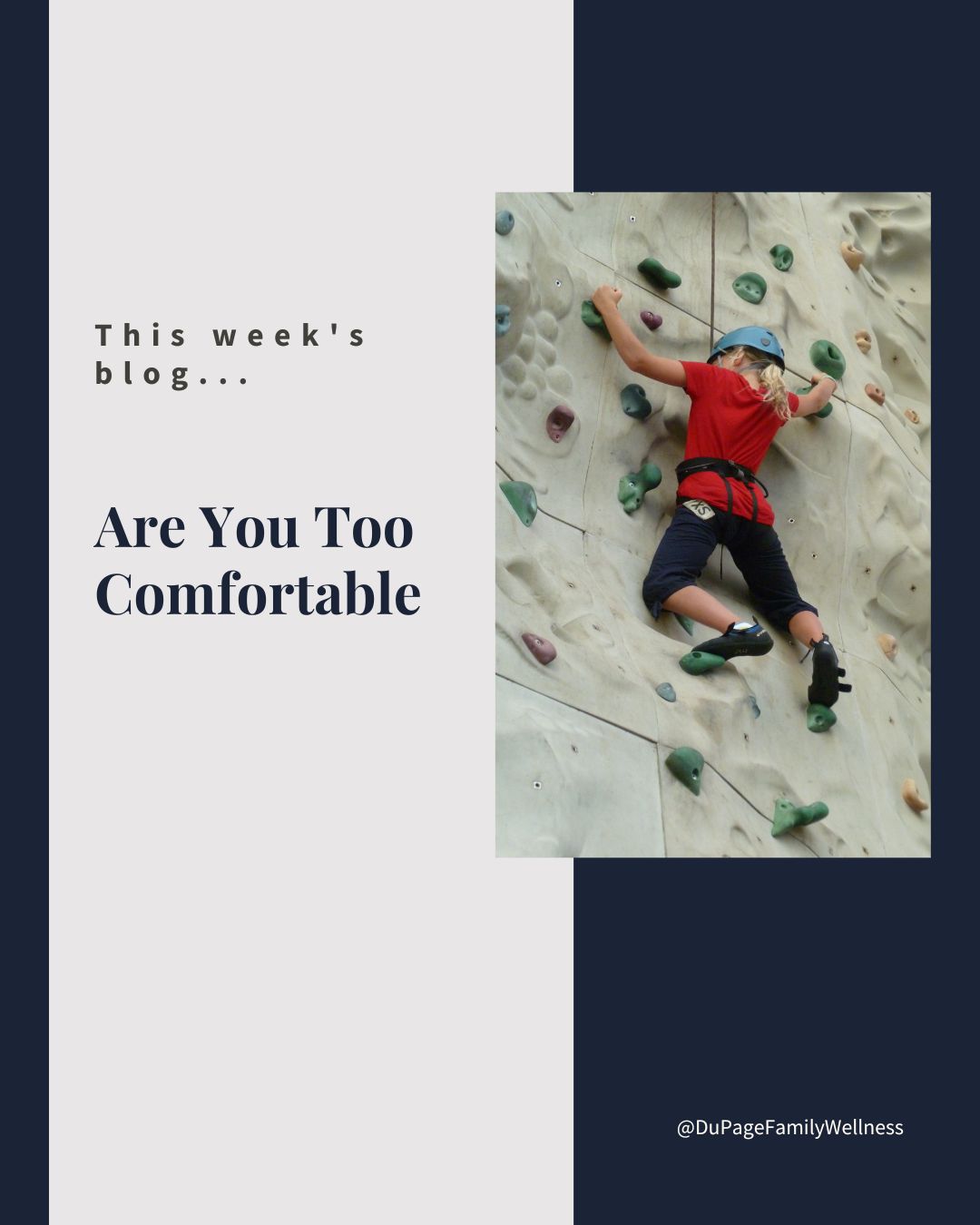 Michael Easter's The Comfort Crisis is both challenging and inspiring. The book combines his personal story, extensive research, and expert contributions.
Michael Easter's The Comfort Crisis is both challenging and inspiring. The book combines his personal story, extensive research, and expert contributions.
Easter grew up in a family plagued with addictions and turned to drugs to avoid his uncomfortable emotions. As he worked towards sobriety, he learned to embrace discomfort and eventually saw incredible benefits.
He believes our culture's need for comfort has taken the meaning and joy out of life. So, he spent thirty days in the Arctic without the comforts we take for granted each day. In return, he experienced physical strength, emotional health, a clear mind, and extreme gratitude.
Easter challenges us that we "have an unmet need to do what’s truly difficult for us. New research shows that depression, anxiety, and feeling like you don’t belong can be linked to being untested.”
Let's look at what he says to see if there is any merit.
Are We Fooling Ourselves?
A job we enjoy and a comfortable home without conflict sound like a dream, but an easy life does not always result in happiness. We were designed to do hard things: hunt for our food, build shelters, and work for survival. Being challenged can bring excitement, and we can feel proud of our accomplishments.
Survival also required people to work together in a community, which developed a sense of interconnectedness. Current studies “consistently show increased risk of death among persons with a low quantity, and sometimes low quality, of social relationships.” Connections improve your immune system and increase your chance of longevity.
Of course, we also need time to relax and unwind alone and with others. When life is too hard, we can live in a chronic state of stress that is not healthy either.
Action, Risks, & Problems
Easter says, "Over the last decade, the average American added another hour of daily sitting. Adults now sit for six and a half hours, while kids sit more than eight." This does not lead to good mental or physical health. We need to challenge our bodies and minds to live a fulfilling life.
We also must be willing to take risks. Easter believes that “nothing great in life comes with complete assurance of success.” Doing something you have a 50% chance of achieving is a great way to challenge yourself.
We may think we will be more satisfied when life is smooth. Easter challenges this perspective, explaining that “as we experience fewer problems, we don’t become more satisfied. We just lower our threshold for what we consider a problem.” Overcoming problems does not seem preferable to avoiding them altogether, but it may actually bring more satisfaction.
Embracing Discomfort
Each person will choose different ways to incorporate these ideas into their life. I recommend starting with small challenges that get you out of your comfort zone and growing from there.
- Physical Challenges: Push yourself beyond what you are used to doing physically. Go hiking, run longer distances, carry heavier things, etc. (Be realistic about your abilities and keep your safety in mind. You want a challenge without getting hurt.)
- Allow yourself to be hungry: Many people in our culture do not experience hunger regularly. We either eat on a schedule or grab a snack at the first signs of hunger. Our ancestors did not have this option. They felt hungry because food was not readily available. So, take the opportunity to experience the discomfort of hunger occasionally before you eat. (Please do not choose this way to embrace discomfort if you have ever been told or wondered if you had an eating disorder.)
- Temperature: Allow yourself to experience temperatures that are beyond comfortable. Drive to work without the heat on, blast some cold water at the end of your shower, take a walk without bundling up, etc. (Again, use wisdom.)
Read more ...
 Many people want to eat nutrient-dense foods but struggle to make it happen. Finding a way to fit healthy eating into your lifestyle is crucial.
Many people want to eat nutrient-dense foods but struggle to make it happen. Finding a way to fit healthy eating into your lifestyle is crucial. 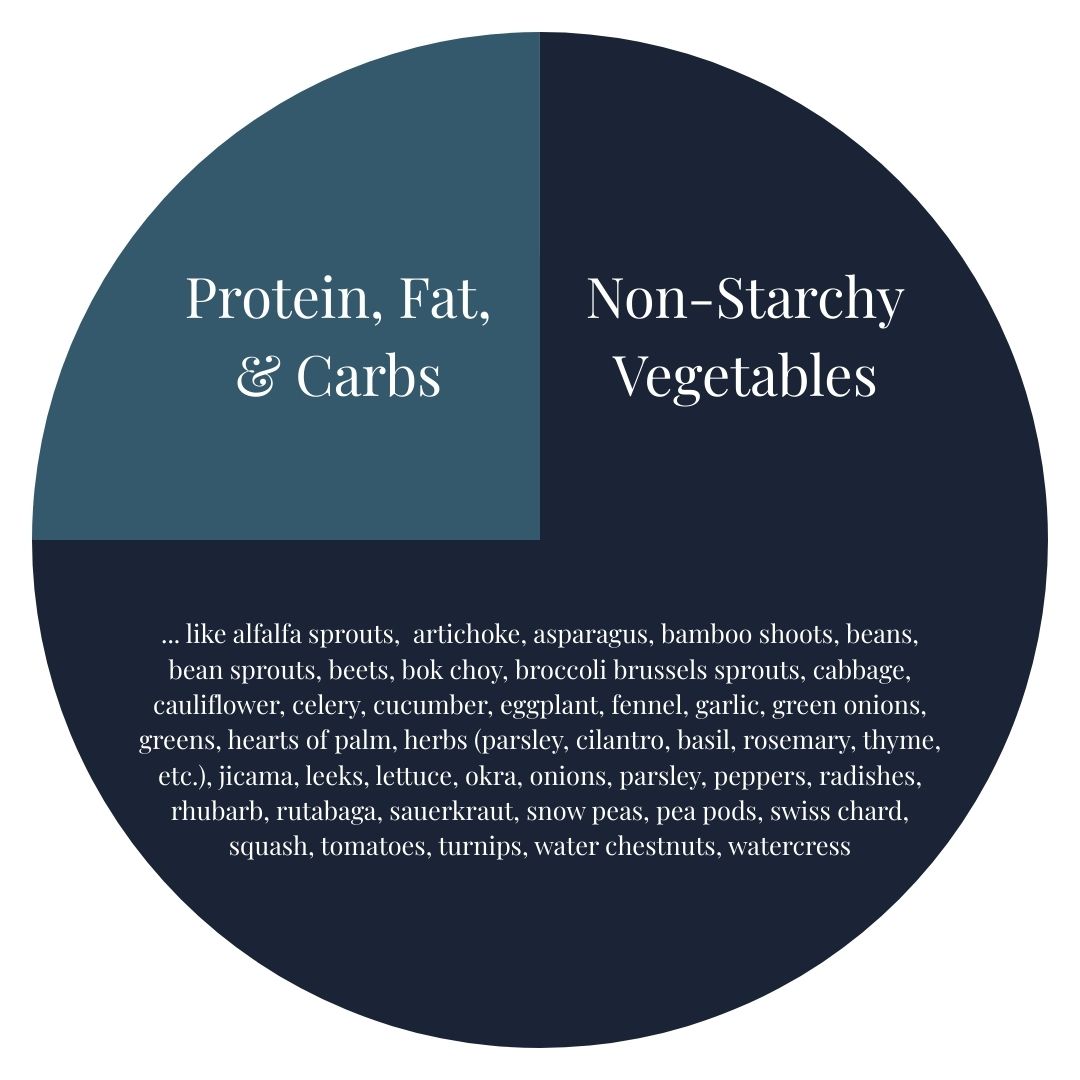


 Our bodies are not simple scales balancing calories in and calories out. It has many complex chemical systems that process each ingredient in different ways. Because of this, eating a low-calorie diet is not the best approach to losing weight.
Our bodies are not simple scales balancing calories in and calories out. It has many complex chemical systems that process each ingredient in different ways. Because of this, eating a low-calorie diet is not the best approach to losing weight. 


 People-pleasing can take many forms, but key elements are putting other people’s needs, desires, and opinions above our own. You may feel like you have to agree with others, habitually volunteer, excessively apologize, or never ask for help.
People-pleasing can take many forms, but key elements are putting other people’s needs, desires, and opinions above our own. You may feel like you have to agree with others, habitually volunteer, excessively apologize, or never ask for help. Life can feel pretty overwhelming. Even good things like hobbies, friends, and family take time. You may feel like there aren’t enough hours in the day, so there isn’t enough time to get a good night’s sleep.
Life can feel pretty overwhelming. Even good things like hobbies, friends, and family take time. You may feel like there aren’t enough hours in the day, so there isn’t enough time to get a good night’s sleep. Michael Easter's The Comfort Crisis is both challenging and inspiring. The book combines his personal story, extensive research, and expert contributions.
Michael Easter's The Comfort Crisis is both challenging and inspiring. The book combines his personal story, extensive research, and expert contributions.